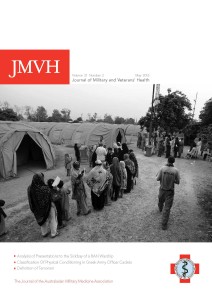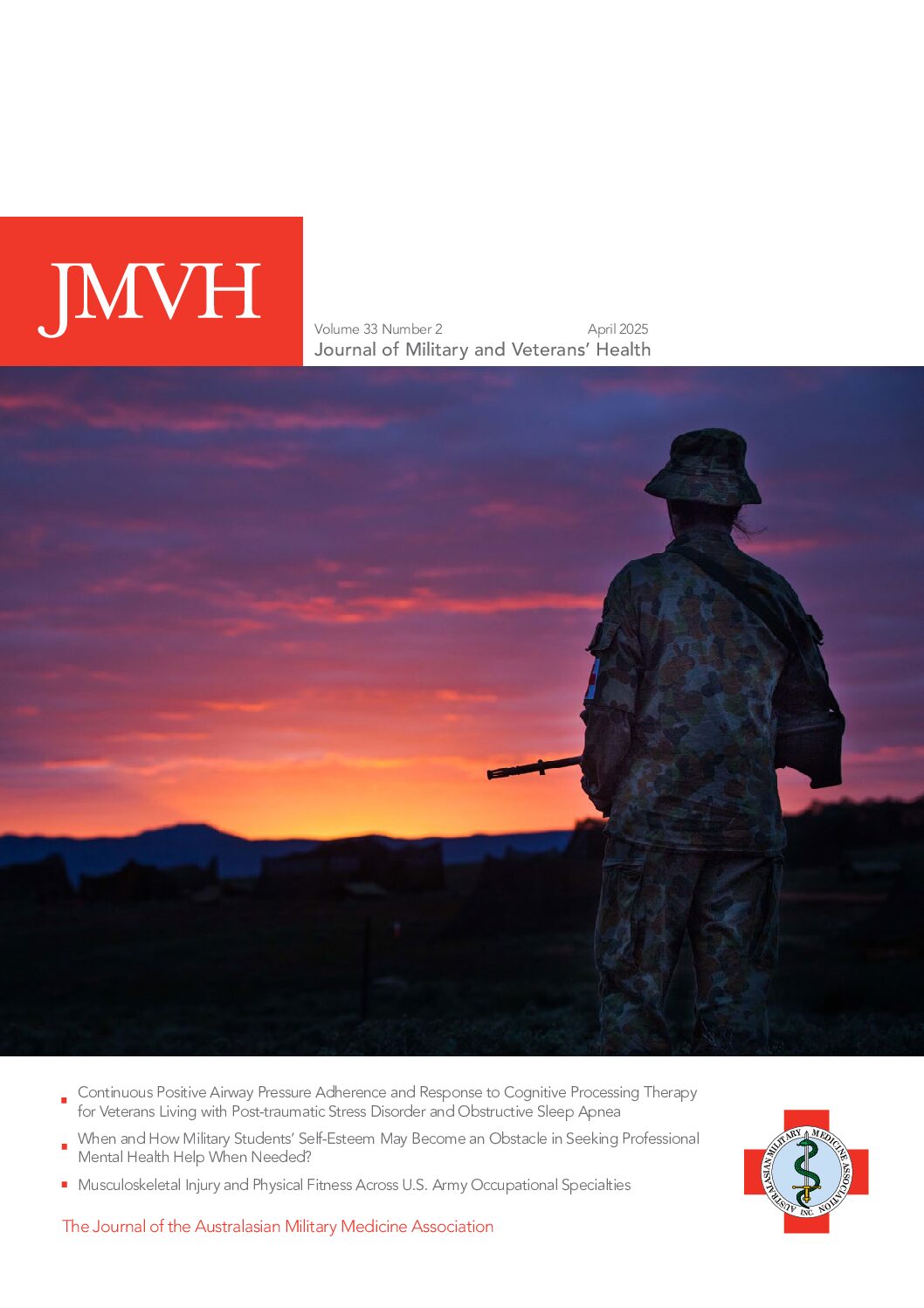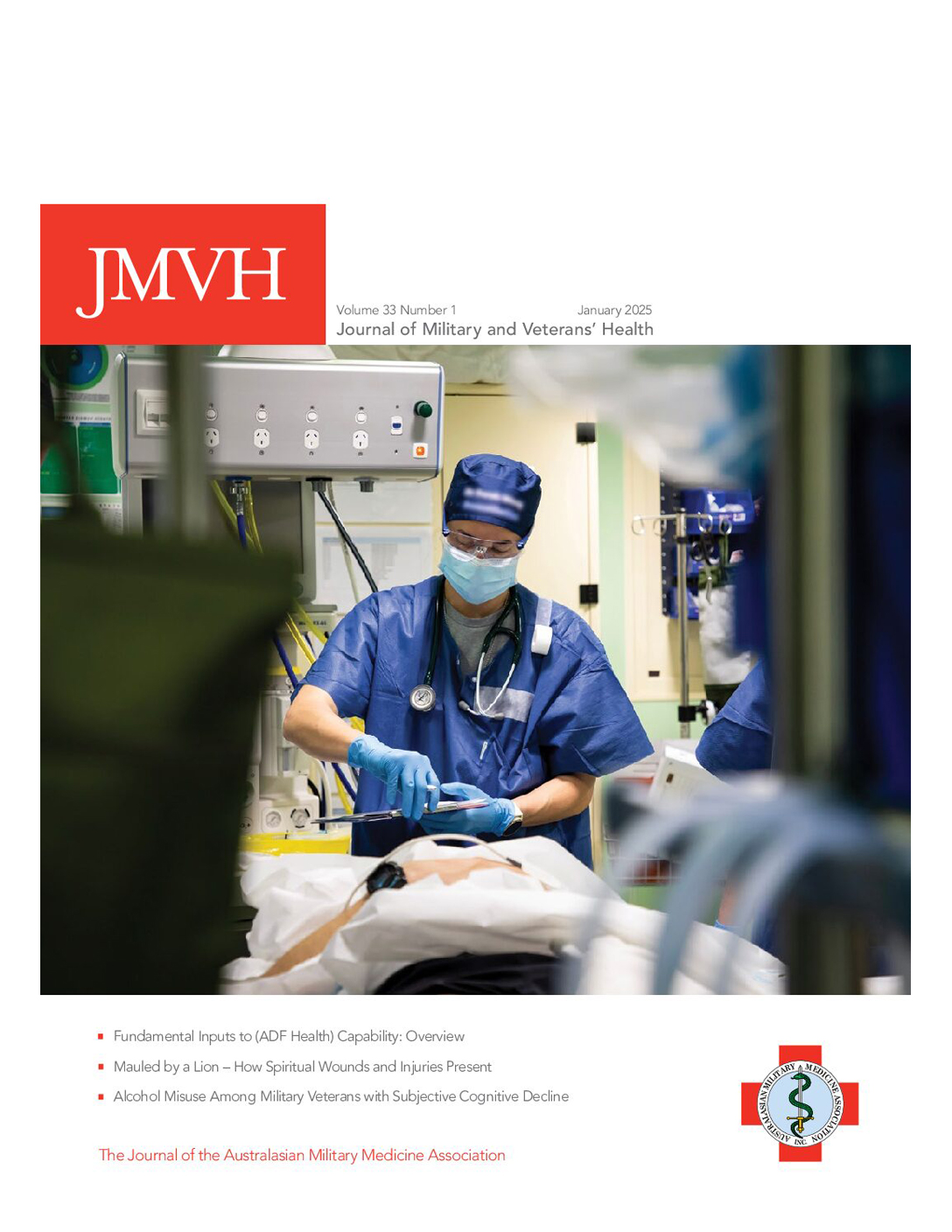Army Malaria Institute – its Evolution and Achievements. Third Decade (2nd Half): 1990-1995
Abstract The second half of the third decade (1990-1995) after the establishment of the Army Malaria Research Unit was characterised by substantial progress in meeting the challenges posed by drug-resistant malaria. In view of the rapid emergence of drug resistance, laboratory/field studies were carried out to develop novel and improved methods to assess and monitor… Read more »




 Download the whole edition here.
Download the whole edition here.


